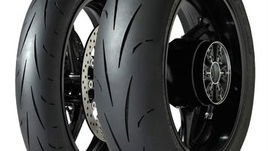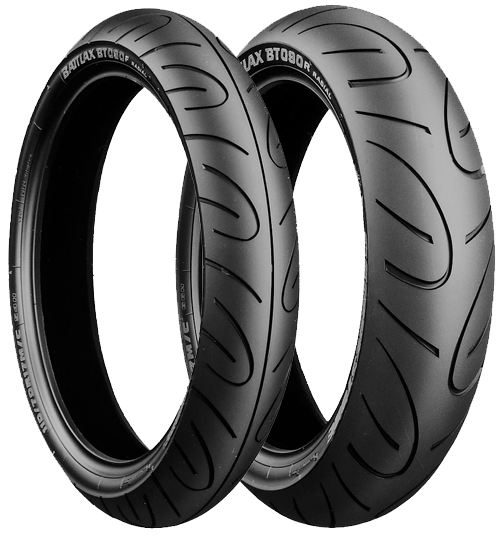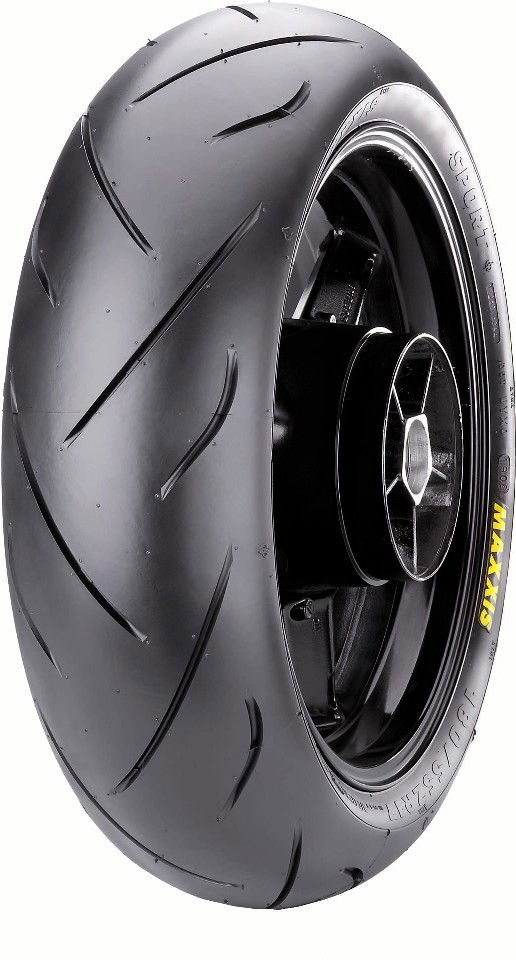D212 GP Pro review
THIS could be the shortest review in history, seeing as Dunlop's new D212 GP Pro was the tyre Michael Dunlop used when he set the new Superstock record at this year's TT, clocking an average speed of 131.220mph.
When it comes to performance, I don't need to say any more.
The D212 GP Pro takes over from the D211 GP, and it's aimed squarely at trackday rider and racers looking for the ultimate in performance. The D212 is essentially a treaded version of the KR106/108 slick.

THIS could be the shortest review in history, seeing as Dunlop's new D212 GP Pro was the tyre Michael Dunlop used when he set the new Superstock record at this year's TT, clocking an average speed of 131.220mph.
When it comes to performance, I don't need to say any more.
The D212 GP Pro takes over from the D211 GP, and it's aimed squarely at trackday rider and racers looking for the ultimate in performance. The D212 is essentially a treaded version of the KR106/108 slick.
It was a breath of fresh air to hear Dunlop acknowledge that their rivals also make great tyres, but that they believe the technology that goes into theirs, gives them the edge.
The D211 features Dunlop's NTEC system, coupled with Jointless Belt Construction and Jointless Tread. Essentially, the whole tyre is wound from one belt of rubber allowing the precise positoning of the different tread compounds, while the NTEC belt gives the tyre a stiffer carcass, allowing you to run lower pressures while maintaining shoulder stiffness.
The tyre also features Multi Tread Compound Technology, which is common on a lot of tyres now and means that centre and side compounds can be different to ensure maximum stability under braking and accelerating, with a longer tyre life while also offering maximum feel and grip at lean.
The D212 is available in two rear sizes: 190/55/17 and 200/55/17, while the front is available in 120/70/17. Fairly straight forward.
The only slightly confusing thing about the tyres is the compounds they're available in. Dunlop have produced a chart which shows five different application areas, but only four different compounds of D212 are available. To add further complexity, the front is available in compounds 2,3 and 4 while the rear is only available in 4 and 5. You choose your compound by checking the temperature of the track the severity of its tarmac.
Read more: http://www.visordown.com/product-features/dunlop-d212-gp-pro-tyre-review/22863.html#ixzz2tgVEqFzv
THIS could be the shortest review in history, seeing as Dunlop's new D212 GP Pro was the tyre Michael Dunlop used when he set the new Superstock record at this year's TT, clocking an average speed of 131.220mph.
When it comes to performance, I don't need to say any more.
The D212 GP Pro takes over from the D211 GP, and it's aimed squarely at trackday rider and racers looking for the ultimate in performance. The D212 is essentially a treaded version of the KR106/108 slick.
It was a breath of fresh air to hear Dunlop acknowledge that their rivals also make great tyres, but that they believe the technology that goes into theirs, gives them the edge.
The D211 features Dunlop's NTEC system, coupled with Jointless Belt Construction and Jointless Tread. Essentially, the whole tyre is wound from one belt of rubber allowing the precise positoning of the different tread compounds, while the NTEC belt gives the tyre a stiffer carcass, allowing you to run lower pressures while maintaining shoulder stiffness.
The tyre also features Multi Tread Compound Technology, which is common on a lot of tyres now and means that centre and side compounds can be different to ensure maximum stability under braking and accelerating, with a longer tyre life while also offering maximum feel and grip at lean.
The D212 is available in two rear sizes: 190/55/17 and 200/55/17, while the front is available in 120/70/17. Fairly straight forward.
The only slightly confusing thing about the tyres is the compounds they're available in. Dunlop have produced a chart which shows five different application areas, but only four different compounds of D212 are available. To add further complexity, the front is available in compounds 2,3 and 4 while the rear is only available in 4 and 5. You choose your compound by checking the temperature of the track the severity of its tarmac.
Read more: http://www.visordown.com/product-features/dunlop-d212-gp-pro-tyre-review/22863.html#ixzz2tgVEqFzv

